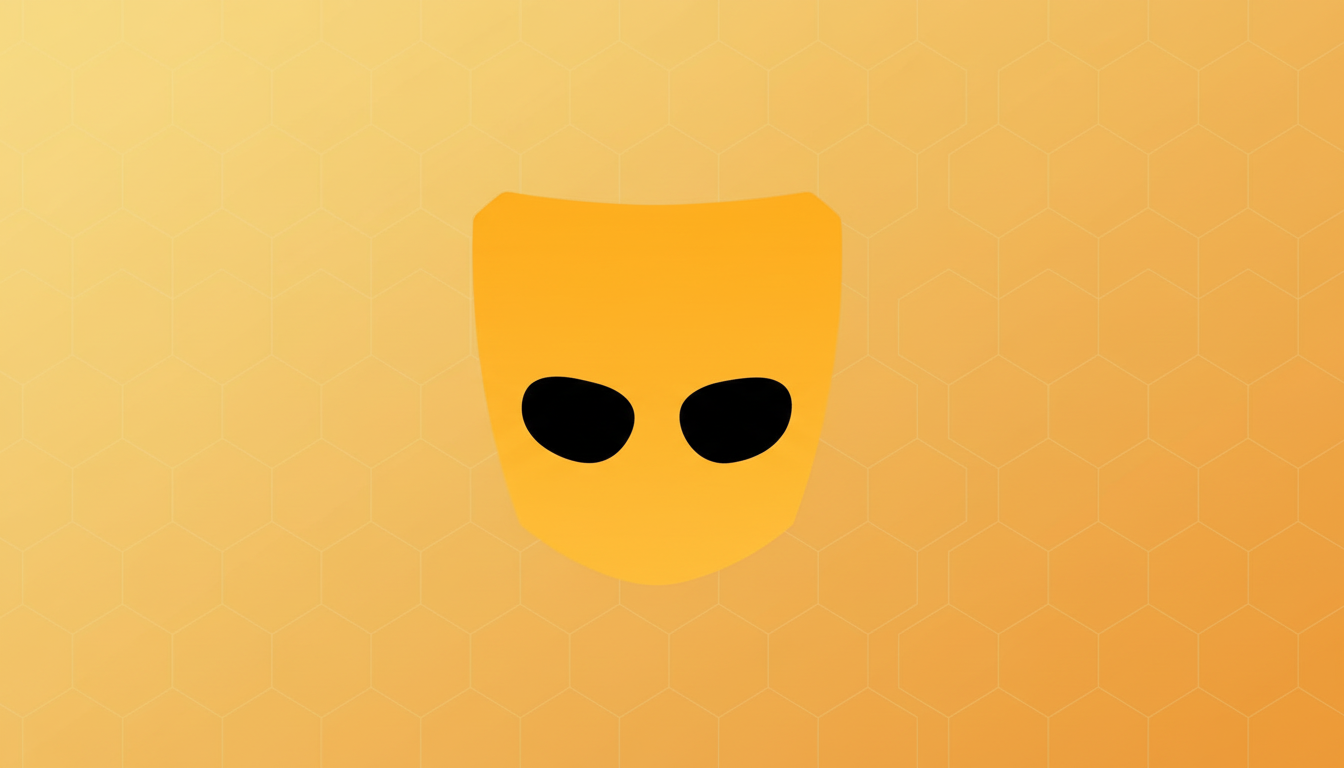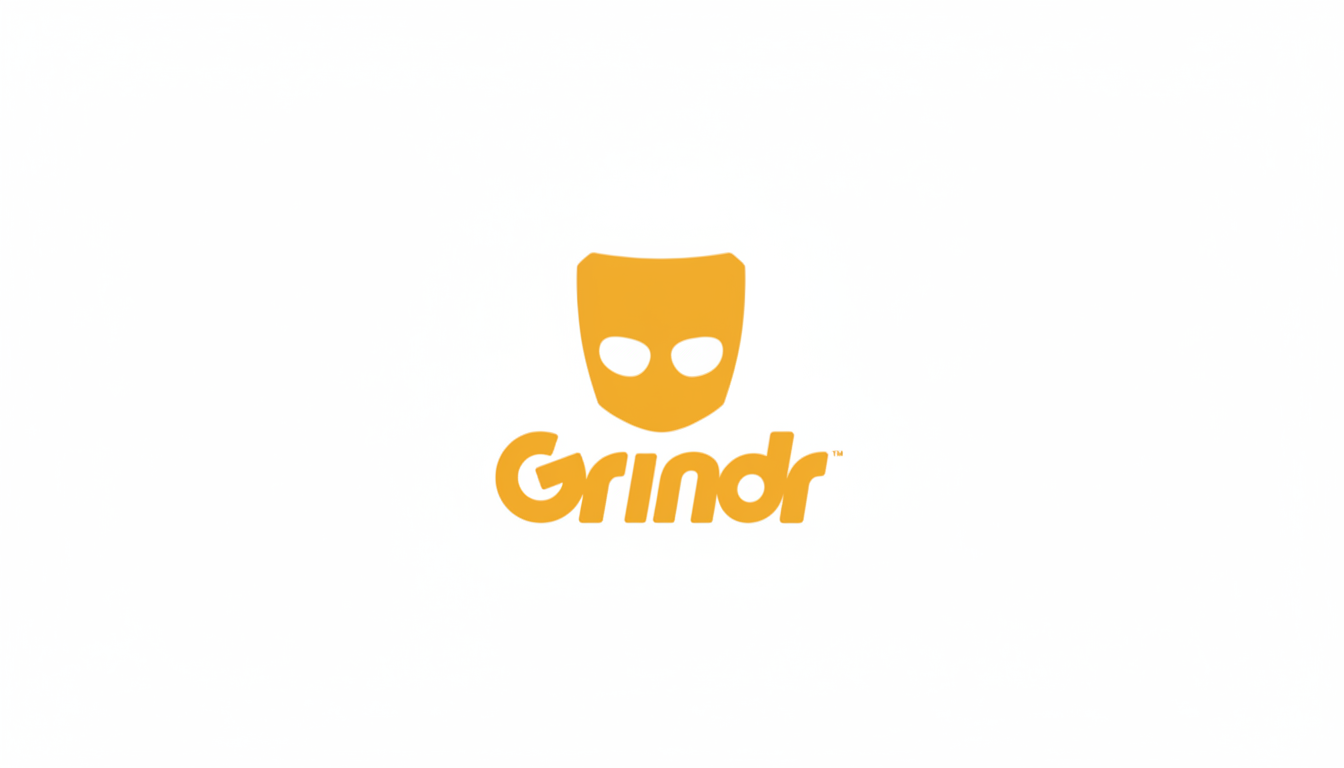Grindr and Sniffies experienced interruptions in service when a major Cloudflare outage took services offline, cutting off logins, profiles, and messages for people trying to connect. Error screens and stalled feeds began to supplant chats, by which time outage trackers showed sharply rising reports linked to both sites.
What happened during the widespread Cloudflare network outage
Cloudflare, a backbone provider of content delivery, domain name system, and security services, confirmed that a network disruption was impacting its global edge. A failure at this layer can cause services which are dependent on it for proxy, DNS, and security functions to seemingly disappear — resulting in HTTP 502/522 errors, request timeouts, and stuck image loads. In practice, that meant Grindr or Sniffies would open to failed logins and absent content despite the fact their apps had not been altered.
- What happened during the widespread Cloudflare network outage
- Which services were hit by the Cloudflare outage today
- Why it matters for LGBTQ dating platforms
- How Cloudflare outages ripple across the web and apps
- What users can do for now while services are disrupted
- What to watch next as Cloudflare resolves the outage

Cloudflare normally runs incidents to ground quickly, but its vast reach ensures that even extremely short outages become widespread. Company status pages and engineering groups across the industry pointed to the investigation of connectivity and routing issues, which was in keeping with the pattern of previous global CDN outages.
Which services were hit by the Cloudflare outage today
Grindr, the company that serves more than 12 million monthly users — beginning in 2009 on iPhones and later expanding to Android devices and smartphones from a few other phone makers — was among the apps visible to be affected, with users taking to Twitter to report not being able to send messages or update their profiles. The site-based hookup platform Sniffies, which is predominantly web rather than app-based, also suffered extensive downtime as pages failed to resolve behind Cloudflare’s edge.
Outage trackers like Downdetector showed quick spikes for both services, and discussion on social media indicated sporadic trouble at other major sites dependent on Cloudflare’s DNS or CDN delivery too.
The pattern is in keeping with the way a global network event behaves: some regions spring back to life while others don’t, as traffic finds new routes and caches warm up.
Why it matters for LGBTQ dating platforms
Queer-specific platforms like Grindr and Sniffies aren’t just casual-use apps for many of their users; they are a virtual community on the fly. It’s all about evening peak-hour reliability for safety check-ins, meet-ups, and time-sensitive plans. When a core network provider falls down, these apps can’t just default to slower fail-safe behavior; the features go away until their path through to their servers is reconstituted.
That said, in technical terms, modern dating apps are very much thin clients over APIs. Authentication, image delivery, and push messaging frequently go through a CDN + security layer. And once that layer is cut off, not even healthy back-end servers are able to serve web pages, so users see error pages when there’s no underlying data loss.

How Cloudflare outages ripple across the web and apps
Cloudflare is placed in front of millions of sites, where it fends off attacks, shunts around content faster, and helps translate domain names into numerical internet protocol codes. A misconfigured setting, bug in your router, or hardware problem in the server can cause both DNS resolution and HTTP delivery to be delayed. Past global events that Cloudflare, independent researchers at Cisco ThousandEyes, and internet analysts at Kentik have documented in real time — such as last year’s event between Verizon and a British company called Colt, much of it visible on public network consoles — demonstrate how easily these kinds of faults can snowball, temporarily tearing the web for sections of its users.
Even services running on Amazon Web Services or other clouds may be dragged in if they rely on Cloudflare for DNS, bot mitigation, or delivery of static assets. Embedded third-party SDKs in apps — analytics, images, or payment widgets — may also form a covert dependency with degradation even when the primary API remains up.
What users can do for now while services are disrupted
There’s not much benefit in reinstalling apps, or constantly signing in anew — that can lead to more lockouts once services restore. Check official status pages, enable notifications, and don’t enter your credentials on any “verification” prompts that pop up while a service is down. Messages and profiles should be fine, because infrastructure outages don’t mean there’s a data breach.
If coordination is necessary immediately, temporary alternatives such as SMS or secure messaging should be considered in the interim. For interest- and location-based meetups, verify through an alternate channel to lessen the chance of missed connections during the inevitable service outage.
What to watch next as Cloudflare resolves the outage
Normally, Cloudflare provides a post-incident report that explains each incident’s root cause and remedy. Look for engineering teams at Grindr and Sniffies to scrutinize the redundancy of failover paths and consider additional levels of redundancy — such as multi-CDN and dual-DNS approaches promoted by Uptime Institute as well as other high-reliability organizations — to eliminate single points of failure.
After Cloudflare shores up its network, Grindr and Sniffies should return to normal operation without users having to do anything. The episode is a reminder that on the modern web, one provider at the edge can act as a linchpin — and when it wobbles, entire communities across the internet feel it instantly.

